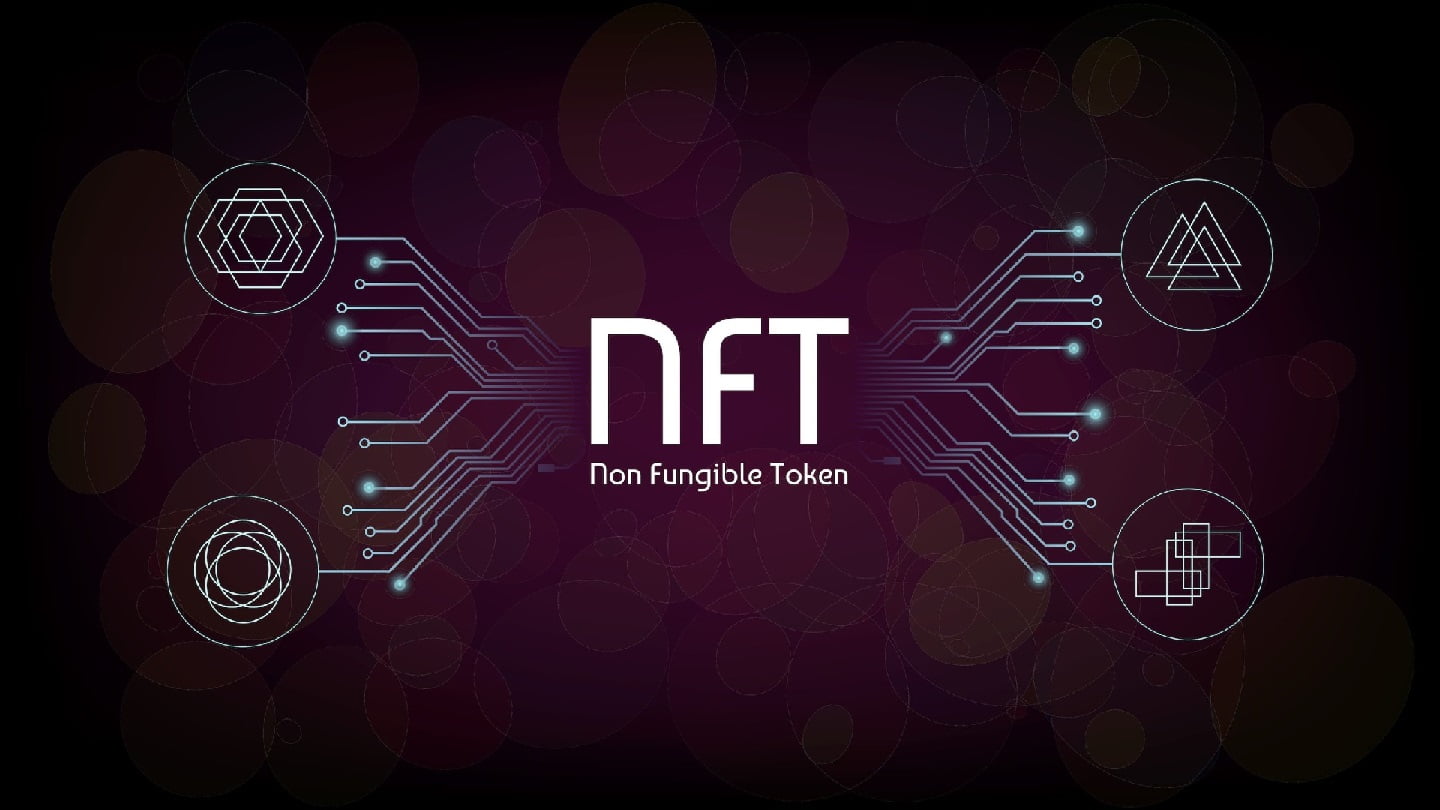Today we are going to talk about NFTs (Non-Fungible Token), if you don’t know how to create an NFT, you’ll find everything you should know in this guide we prepared.
Twitter CEO Jack Dorsey auctioned off his first NFT tweet and received bids in excess of $2 million USD. He’s not alone: NFTs seem to be everywhere.
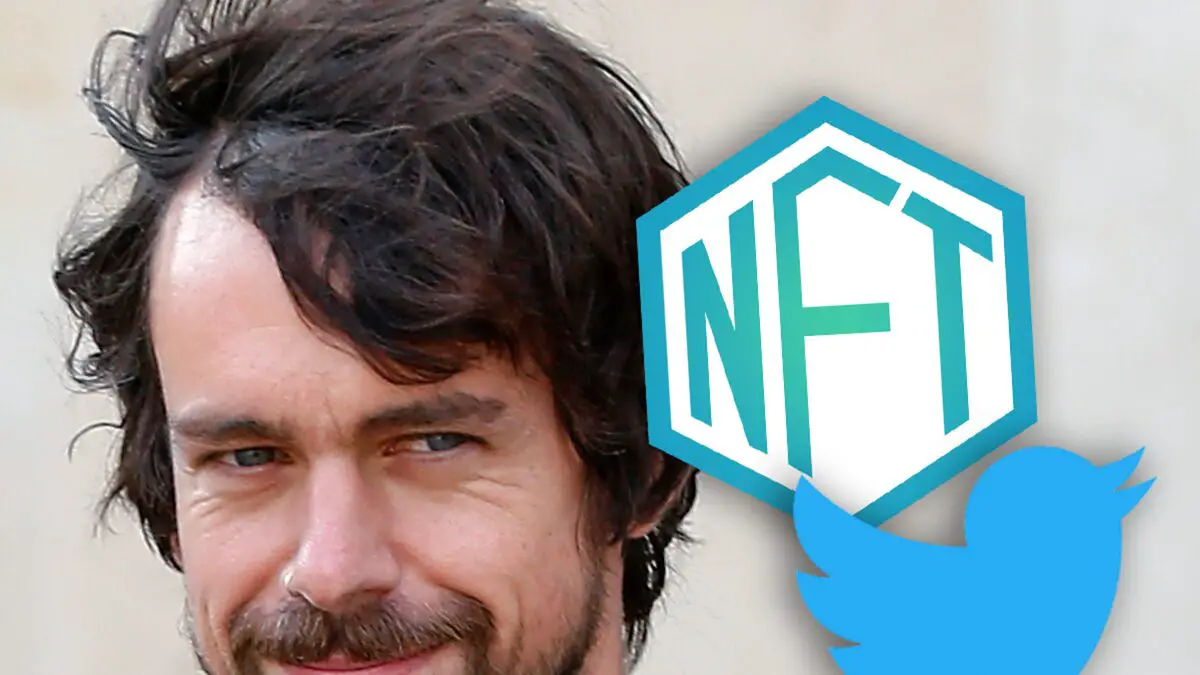
Rock band Kings of Leon will release their new album in collectible token format. NBA trades digital cards with sports motifs. Linsay Lohan posts her own NFTs on Twitter. Even Taco Bell has decided to start marketing taco GIFs in NFT format.
In the midst of the growing boom for NFTs, and with so many celebrities participating in this trend, we don’t want to be left out. That is why we are going to give you a tutorial so you too can make your own NFT or digital collectible.
What is an NFT?
Photography, art, music: NFTs are unique, in many cases unique and expensive digital assets that can represent any digital object. They can also be backed by real-world objects or assets. A painting, a piece of real estate, a sports item, an autograph, a game, all can be coined as NFTs. The mind is the limit.
We can also think of NFTs as certificates of authenticity backed by Blockchain technology. NFT collections are traded on online marketplaces, think of platforms like eBay but where digital items are bought, auctioned, and sold. Some of the best-known platforms are OpenSea, NiftyGateway, Sorare, SuperRare, Mintbase, and Rarible.
Things you should know
As with cryptocurrencies, being digital tokens, NFTs are stored in crypto wallets. So, before starting this tutorial you should note that you will need a wallet, preferably one with Ethereum support and that can easily connect to the NFT online marketplaces. For this guide, we will be using the Metamask wallet.

Before moving forward, you should also keep in mind that NFTs are tokens on a Blockchain, so creating one involves -in most cases- an expense. This is because every transaction on the Blockchain involves a cost to that network. Most of the NFT market is currently built on the Ethereum Blockchain, you can think of it as a network fee to convert your art into a token called Gas.
That said, you will need to have a fund in Ethereum to effectively create an NFT. The amount needed will vary depending on the network fees at the time of the transaction, but possibly USD $100 in ETH will give you the chance to create your first token.
How to create an NFT using Rarible or OpenSea?
We will use two platforms that allow you to create NFT: OpenSea and Rarible, so we will also observe the differences between them. The first one is completely free, although transaction fees still apply, while the second one charges a small fee for placing the NFT on the market.
We warn that this activity is not risk-free. As with any operation with digital currencies, it requires taking some precautionary measures regarding the security of the digital assets to be traded, both in the method of storage and exchange.
Configure the wallet
After logging into the platform, the first step before being able to create an NFT is to connect the wallet. This process is quite simple and very similar in the case of both platforms. One of the favorable features of both platforms is that they do not require registering an account, the user can interact directly by linking his/her wallet.
Rarible
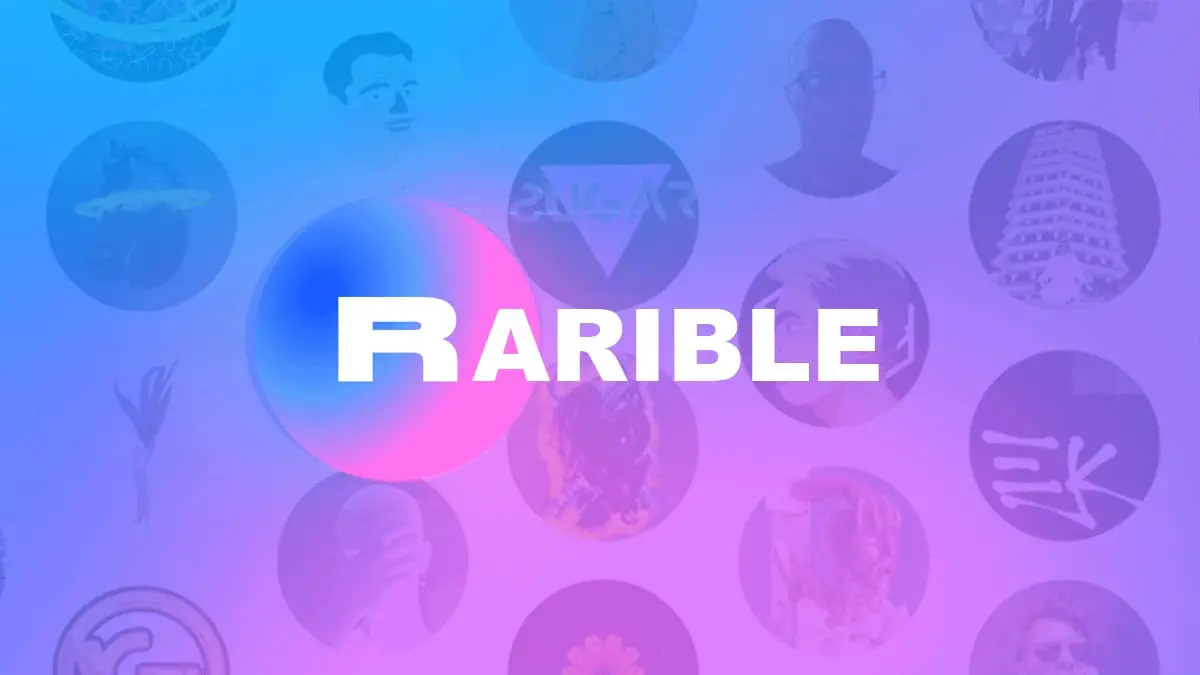
Rarible.com‘s homepage shows two buttons in the top corner: ‘Create’ and ‘Connect Wallet’. Both options lead to the same place, as the platform will direct the user to connect the wallet based on being able to create a new token or bid for an existing one. After clicking one or the other button, we are presented with several options to link the wallet.
Possibly the easiest option is Metamask. If we have that wallet installed and we choose that option, a Metamask pop-up window immediately opens on the side of the screen. From there, we select ‘Next’ to integrate our wallet with the platform. After completing this process, which includes accepting Rarible’s terms and conditions, we can start creating an NFT.
OpenSea
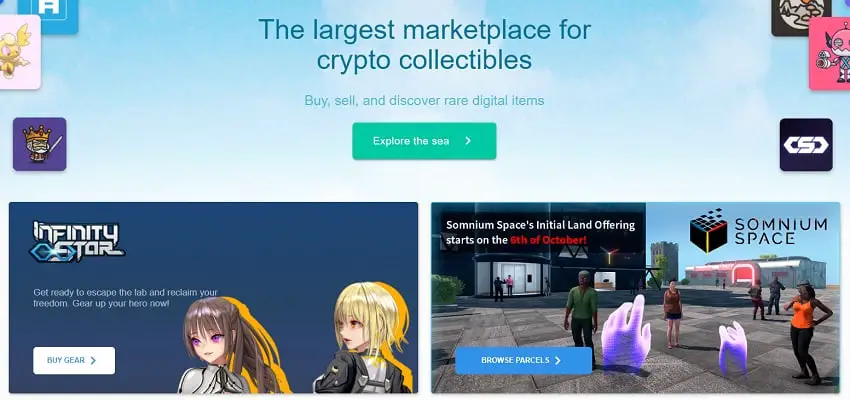
Similar to Rarible, when we open the OpenSea.io page, in the top corner we get several options, including ‘Create’, to create a new collection or NFT. When we click on it, the platform immediately takes us to a page with several options to connect the wallet. If the user has downloaded Metamask in his/her browser, it will appear automatically.
On the right side of the screen, a Metamask pop-up window will appear requesting the connection with the platform; here we click ‘Next’ and ‘Connect’ to conclude the process.
OpenSea asks the user to issue a signature with the wallet address, for this, we just click ‘Sign’ in the Metamask application. In this way, the user will automatically register on the platform without the need to generate an account or a password.
Create your digital artwork
This is perhaps the most fun part of the project. As stated above, you can basically coin any digital object as an NFT. It can be a song, a photo, a drawing, let your imagination run wild. But make sure that the file you are going to use is not copyrighted or owned by someone else.
Rarible
Users can upload various types of files: PNG, GIF, WEBP, MP4 or MP3, with a maximum weight of 30MB.
OpenSea
Compared to Rarible, this platform seems to have a wider variety of file formats. It will be possible to upload JPG, PNG, GIF, SVG, MP4, WEBM, MP3, WAV, OGG, GLB, GLTF, with a maximum size of 100MB.
In other words, the token may be based on a digital file in any of these formats.
Mint your first NFT
Once we have chosen or created the file we are going to convert to NFT, we are ready for the third step. In both platforms, the NFT to be minted must be accompanied by an image, a name, a description, and a number of other fields that will identify the collection.
How to mint an NFT on Rarible?
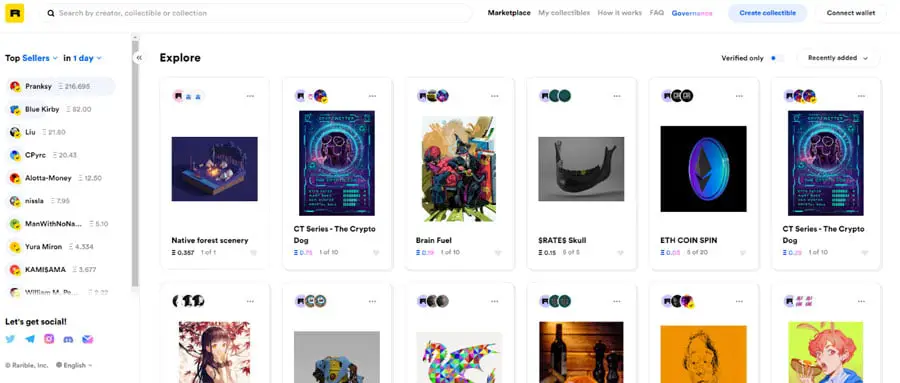
After selecting ‘Create‘, Rarible offers two possibilities for minting a collection of NFTs: ‘Single’ and ‘Multiple’. The former allows the creation of a single token (ERC721), while the latter, more than one token (ERC1155), depending on the amount the user chooses to release into the circulation.
Once we have chosen whether we will create one NFT or multiple NFTs, we move on to the next step. The platform displays a series of items that we will fill in to create the collectible, including the process of uploading the file we want to convert into NFT.
We will also be able to decide if we want to place it immediately for sale on the market after it is created or not, as well as the selling price. Rarible allows the creator to choose a selling price or let the interested parties set it by bidding.
The platform also offers two possibilities for minting the collectible: ERC (721 or 1155, depending on whether it is Single or Multiple) and Rarible. In both cases, an address is generated in Ethereum, but only in the first case, the user can choose to mint a token with a unique token of choice. (For example, BTC or ETH, are the tokens for Bitcoin and Ethereum coins). This option can be much more expensive.
As soon as the chosen image finishes loading, the application will display a preview of the collectible. Among the items to fill in, there is ‘Royalties’, an option with which the creator can choose the percentage of profit he/she will receive in the future when the token is sold among other buyers and sellers.
After finishing filling in all these boxes, we are ready to create our NFT. After clicking the ‘Create Item’ option, the Rarible platform will work with your wallet to approve the transactions, mint the NFT and sign the sell order.
In the Metamask pop-up window, we confirm the fee collection. At this point, if we choose to put the collectible up for sale immediately after creation, the application may also ask to “Sign the sell order”, which means that the NFT will be displayed on the Rarible marketplace at the desired price. Rarible charges a small fee for hosting the NFT on the marketplace.
That’s it, we have created our first NFT!
Remember that you will need to have enough ETH balance in your wallet to be able to afford the transaction fees. The ‘Gas’ fee can be modified within the wallet under ‘Edit’, from where Metamask allows the user to choose the speed of the transaction, paying slightly fewer fees for a slower transaction.
How to mint an NFT on OpenSea?
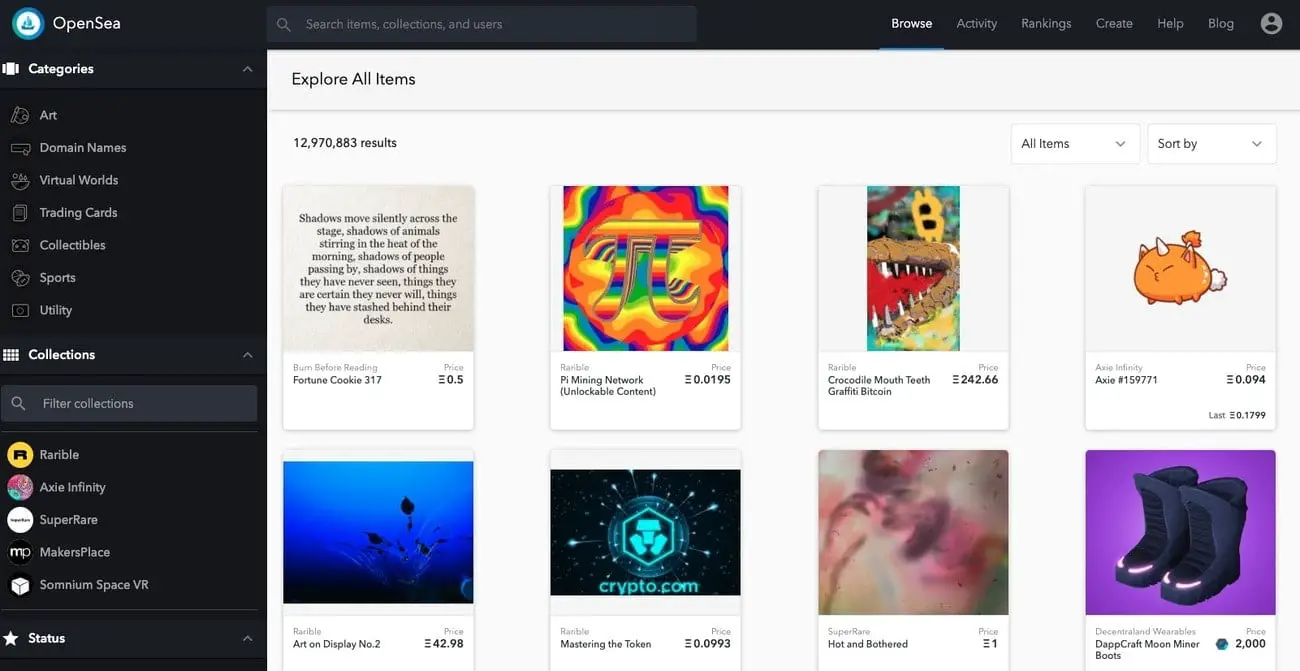
In this platform, the user first creates a collection, which will be the profile page to expose the tokens. If the user already has a previous collection, he/she can create the new NFT within that collection. At this first step, OpenSea will ask us to accept the terms and conditions before moving forward.
The collection can be created for free, it only requires an image, a title, and a description. Once generated, the information can also be edited. From within this page, you can then create the NFTs.
Within the main page of our collection, we will select the option ‘Add New Item’ to create our first token. Again the platform will ask the user for a signature generated from the wallet (The Metamask window opens automatically and we just click ‘Sign’).
In this step we will upload the file, we will also add a cover image, a name, a description, etc. Users can also add a URL showing their profile. Unlike Rarible, OpenSea allows only one token to be created at a time. Although the platform has indicated that they will soon add the option to issue more than one token simultaneously.
After filling in the boxes, we click ‘Create’ and sign back in with the wallet. That’s it: our first NFT has been created!
Although at this point the platform does not charge the transaction fee, it will at when the collectible is uploaded to the marketplace for trading.
How to put an NFT to the marketplace?
Rarible
If you have not selected the option to place for sale once the token has been created, the platform allows you to launch the token to the market from the main window under ‘My items’: ‘Created’. From here, the user will be able to launch his collectible on the Rarible marketplace.
The platform charges a percentage for placing the NFT on its online marketplace. The whole minting process, to get to this point where the new NFT is available for sale, can take a few minutes.
After release, Rarible displays the NFT with its selling price in ETH, as well as details on who owns the collectible and who created it, along with sales history. It will also appear simultaneously on the OpenSea marketplace, even if it was released on Rarible.

OpenSea
In the case of OpenSea, after creating the NFT it does not immediately go to the marketplace, but the user can decide to offer it to the public. After the NFT is created, there is the option to view the NFT or place it for sale. You can also go to ‘My Collections’, go to the NFT within the collection and click on ‘Listings’: ‘Sell’.
The platform offers three ways to trade it: setting a selling price, auctioning it, or selling it as a group with other NFTs. You can also add an expiration date for the sale.
At this point, the user can set the value of the NFT, which can be sold in ETH, DAI, or USDC. Once the boxes are filled in, we confirm on the ‘Post Your Listing’ option.
Here the Ethereum network commission will be charged, make sure you have funds to be able to confirm the transaction and effectively bring your new collectible to the market. If you do not have funds in the wallet, the option to confirm the transaction will be disabled.
Welcome to the world of NFTs
Once you have brought your collection to market, you are officially an experimental NFT artist, and perhaps, a potential millionaire. Although it’s worth noting that you don’t need to create an NFT to explore this growing space. Simply log on to the major collectibles trading platforms to begin to get a taste of this eye-catching world.
On both platforms explored here, Rarible and OpenSea, users have the option to learn about the most popular artists, the latest NFTs, the most expensive collections, the collectibles with the most deals, etc. Both offer user-friendly interfaces, without the need to create an account, as well as multiple functionalities, including statistics and sales tops.
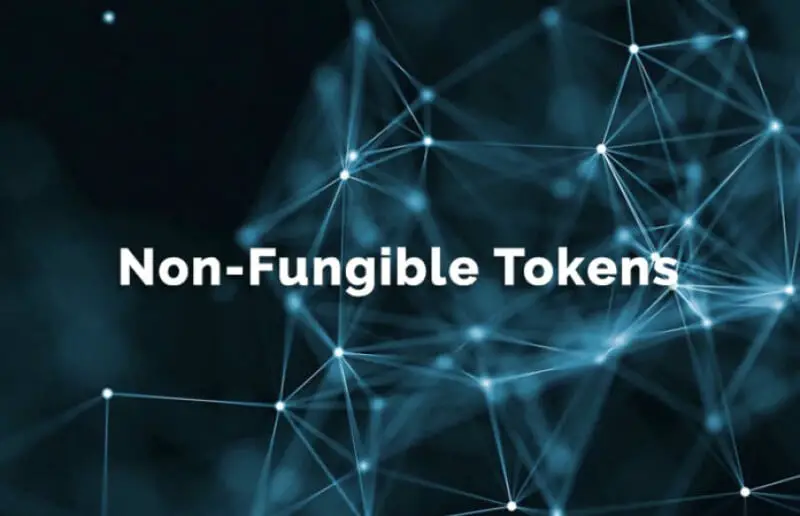
Comparable to the elitist art industry, you don’t have to be an artist to get involved with NFTs. With the added advantage that, unlike traditional art, you don’t have to have money to wander through the museums of digital collectibles.
Analysts have pointed out that it is still a new sector, with a long way to go. In this regard, some anticipate that, in the future, many of the NFTs being traded today could increase in value, becoming the next safe haven assets.
A collection of several NFTs from NBA Top Shot, the official digital collectibles company of the official basketball league, went from trading at $175,000 to being valued at an exuberant $20 million.
An NFT created by artist Beeple was also resold last month for nearly 100 times more expensive. It went from USD $66,000 to USD $6.6 million in just four months. Beeple also just broke a record by selling the most expensive NFT in history for a sum of USD $69 million at a Christie’s auction.
And, in all three cases, they were collectibles less than a year on the market, welcome to the world of NFTs!

